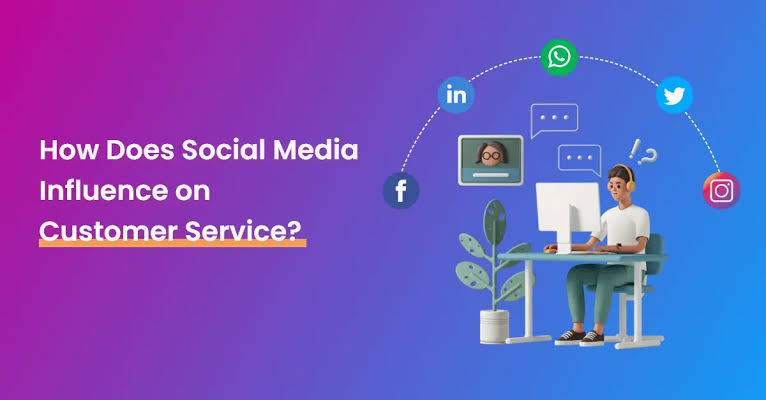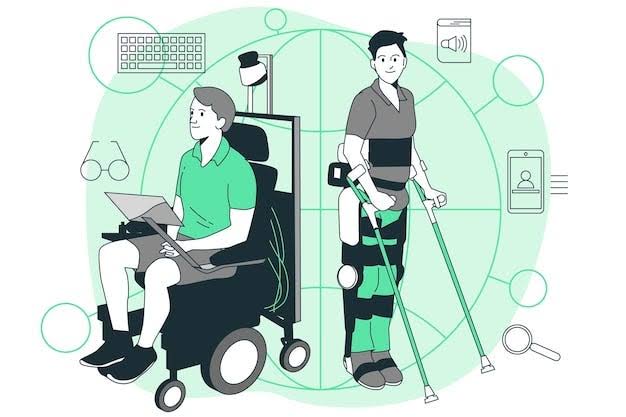Social media has transformed the way businesses interact with customers, making communication faster, more public, and highly influential. Customers now expect brands to be more responsive, transparent, and available across multiple platforms. This shift has redefined what good customer service means in the digital era.
The Rise of Real-Time Communication
Before social media, customers often relied on phone calls or emails to reach a company. These channels could take hours or even days to produce a response. Today, social media has raised the bar significantly.
- Customers expect replies within minutes or hours, not days.
- Real-time messaging has become a standard, especially on platforms like X (formerly Twitter), Instagram, and Facebook.
- Delayed responses can lead to public dissatisfaction that spreads quickly.
The speed of interaction is now a key factor in customer satisfaction.
Increased Transparency and Public Feedback
Social media interactions are often visible to the public, unlike traditional private customer service channels.
- Customer complaints or praises are posted openly, where others can see them.
- How a brand responds to issues can impact its reputation in real time.
- Ignoring or mishandling public feedback can harm credibility and trust.
This public visibility forces companies to be more transparent and proactive in resolving issues.
Higher Demand for Personalization
With so much personal data available online, customers expect brands to know and understand them.
- Social media allows businesses to track preferences, past interactions, and feedback.
- Customers appreciate responses that address them by name and acknowledge their specific concerns.
- Generic, automated replies are often seen as dismissive.
Personalized engagement strengthens brand loyalty and improves customer relationships.
Expanded Customer Service Hours
In a global digital marketplace, customers are online 24/7, and they expect support to be available beyond traditional business hours.
- Many businesses now offer round-the-clock social media support.
- Chatbots and AI tools handle basic inquiries when human agents are unavailable.
- Delayed responses due to time zones or working hours can be frustrating for customers.
The expectation of continuous availability has changed how companies allocate customer service resources.
Integration with Other Support Channels
Customers no longer view social media as separate from other service channels.
- They expect seamless integration between social media, email, phone, and live chat.
- An issue started on Facebook should be resolved without the customer having to repeat themselves on another platform.
- Consistency in tone and information across channels builds trust.
Integrated service ensures that customers have a smooth, uninterrupted experience.
The Role of Social Listening
Social media has made it possible for brands to monitor customer sentiment without waiting for direct contact.
- Businesses track mentions, tags, and hashtags to spot potential issues early.
- Social listening tools help identify trends in customer needs and complaints.
- Addressing concerns before they escalate demonstrates proactive care.
Listening actively can improve brand perception and customer loyalty.
The Pressure for Brand Authenticity
Social media users value genuine interaction over scripted responses.
- Customers want to feel they are talking to a real person, not a faceless company.
- Authenticity includes admitting mistakes and explaining how they will be fixed.
- Overly corporate or robotic responses can alienate audiences.
Honest, relatable communication builds stronger emotional connections.
The Challenge of Managing Expectations
While social media improves customer engagement, it also creates challenges.
- High expectations for speed and personalization can overwhelm support teams.
- Negative interactions are more visible and can damage brand image quickly.
- Balancing rapid responses with thoughtful, accurate solutions is critical.
Managing these expectations requires both technological tools and well-trained staff.
Conclusion
Social media has raised customer service expectations to unprecedented levels. Businesses are now expected to respond faster, personalize interactions, operate around the clock, and maintain a transparent and authentic presence. Companies that embrace these demands can build stronger relationships, while those that fail to adapt risk losing customer trust and loyalty. In this new landscape, social media is not just a marketing tool—it is a frontline customer service channel that shapes brand perception every day.




Where customer service expectations and companies are not forth delivering, customers are lost. And thus , the market is competitive.
Nice read